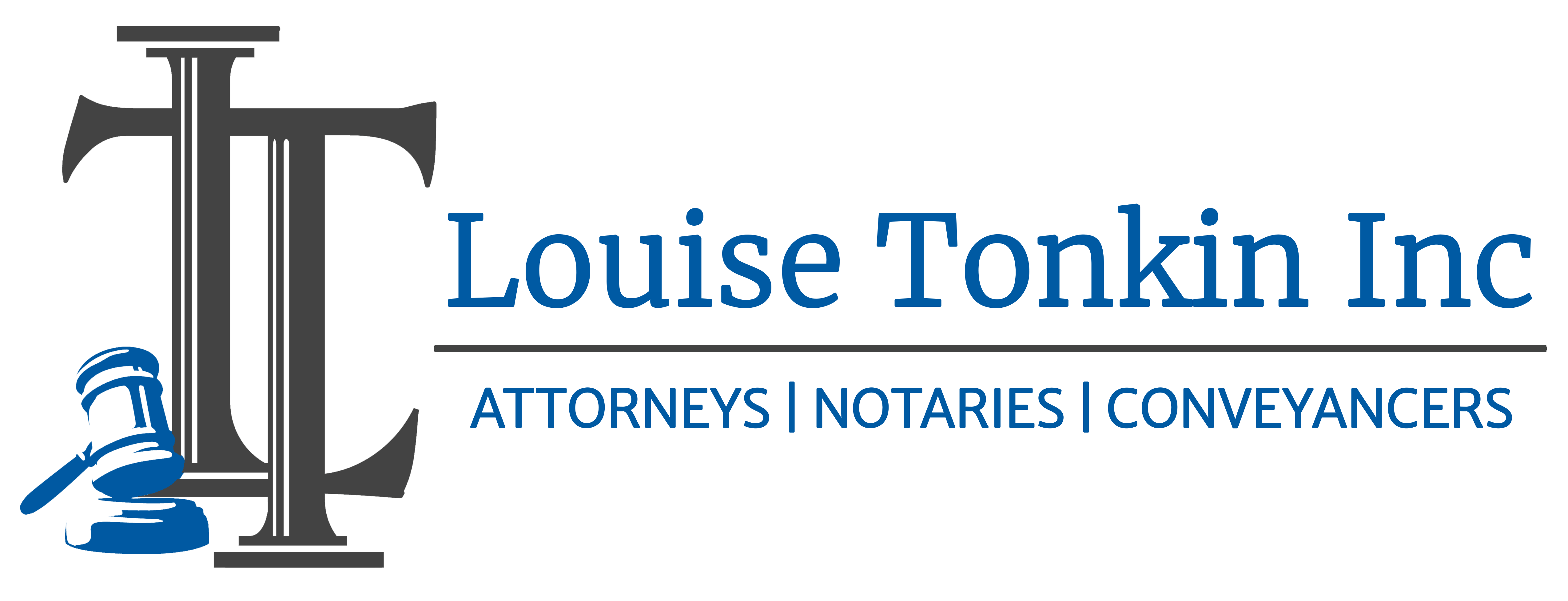2022 / 06 / 23
Capital Gains Tax (“CGT”) is not a separate tax but forms part of income tax. CGT is basically a tax on the resale of any assets. Anyone who disposes of or sells fixed assets is liable for CGT. The tax also arises following the death of an asset owner.
Therefore, very simply put:
- As of 1 October 2001, CGT is paid on profits realised from the sale of a property.
- The CGT is due in the year of assessment in which the property is sold.
- The profit is calculated by deducting the Base Cost from the sale price of the property.
- The CGT is payable when the individual’s income tax return is submitted at the end of the financial year during which the property was sold.
RATE
The rate is multiplied with the profit as set out hereunder:
- Individuals and Special Trusts:
An inclusion rate of 40% of the profit is multiplied with the Income Tax rate @ 45% (presently the highest rate) for individuals which equals an effective rate of 18% being the maximum for an individual.
- Companies and Close Corporations:
An inclusion rate of 80% of the profit is multiplied with the Income Tax rate @ 28% for companies which equals an effective rate of 21.6%.
- Trusts:
An inclusion rate of 80% of the profit is multiplied with the Income Tax rate @ 45% for trusts which equals an effective rate of 36%.
BASE COST
Base Cost is determined by 3 methods:
- Fair Market value of the property as at 1 October 2001. The fair market value must be determined by a valuation carried out within 3 years from effective date.
- Time Apportionment Base Cost i.e. profit made after 1 October 2001. The price for which the property was purchased is subtracted from the price for which it is now sold, equals the Base Cost plus any costs of alterations, improvement and costs of acquiring and disposing of the property. Accurate records needed to be kept in this method.
- Where no valuation exists and no accurate records are kept, then the value as at 1 October 2001 is deemed to be 20% of the proceeds on disposal.
A capital loss made on the disposal of property can be set off against any profit made in that year of assessment. If no profit has been made, then the loss can be carried forward to subsequent years of assessment.
REBATE
There is still a rebate of R 2 million on any profit made by individuals provided the property being sold:
- Is registered in the name of an individual or special trust.
- Is sold as a primary residence
- The land or part thereof does not exceed 2 hectares.
Companies, Close Corporations, Trusts and persons who do not ordinarily reside in South Africa who are non-residents, do not qualify for the rebate. Where the property is registered in more than one person’s name, the rebate will be proportioned according to the interest each person holds in the property.
Hereunder is an example of a basic CGT calculation for a private person:
| Sum of all capital gains (losses) for the year | R500 000 |
| Less: Annual exclusions | R40 000 (first R40 000 tax free) |
| Aggregate capital gain or loss | R460 000 |
| Less: Capital loss brought forward (if any) | Xx |
| Net capital gain or loss | R460 000 |
| Multiply with the inclusion rate | 40 % |
| Taxable capital gain* | R184 000 |
| Multiply with the Income tax rate applicable | 45% |
| Capital Gains Tax | R82 800 |
| Or R460 000 x 18% = R82 800 |
Article by Louise Tonkin

